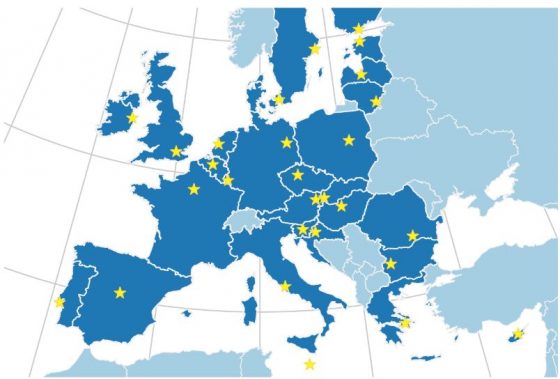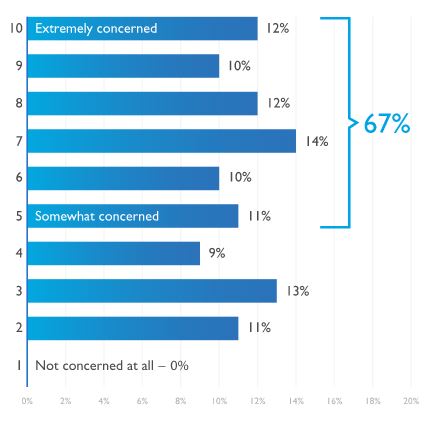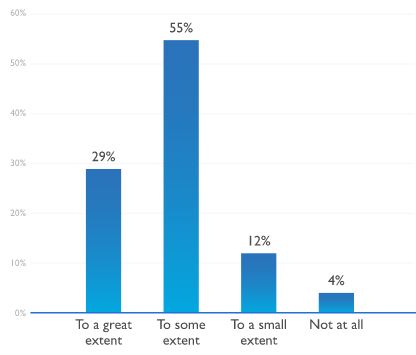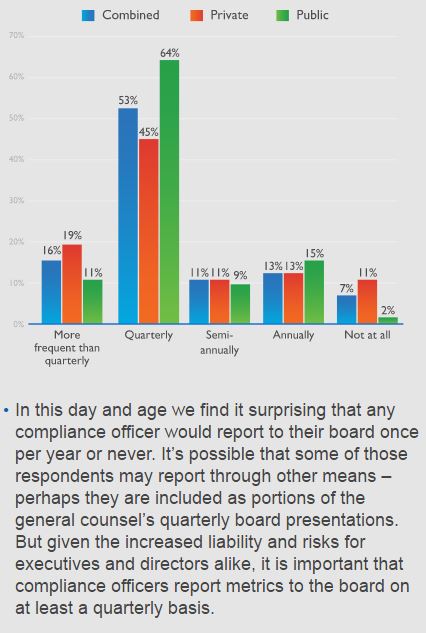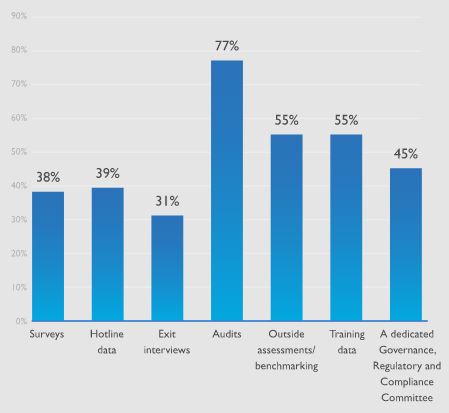With summer comes hot, humid weather and a greater chance of heat-related illness for outdoor workers.
How to prevent heat illness? Three words: water, rest and shade, according to the Occupational Safety and Health Administration (OSHA).
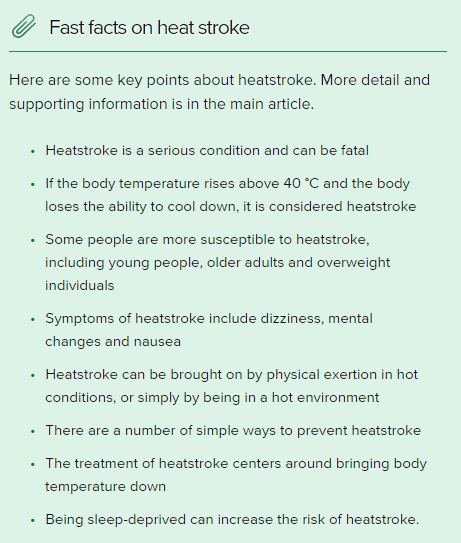
MedicalNewsToday
Heat illness is not to be taken lightly—in 2014, 2,630 workers suffered from heat illness and 18 died from heat stroke and other heat-related conditions on the job. Workers most at risk are those exposed to hot and humid conditions, especially those whose jobs require heavy lifting or heavy work tasks and who wear dense or bulky clothing and equipment.
Industries most affected by heat-related illness are construction, trade, transportation and utilities, agriculture, grounds maintenance, landscaping services and support activities for oil and gas operations, OSHA said. Workers who have not built up a tolerance to heat, including new workers, temporary workers, or those returning to work after a week or more off are all at greater risk, and all workers are at risk during a heat wave.
The body normally cools itself by perspiring. During hot weather, however, especially in high humidity conditions, sweating isn’t enough to keep the body cool. To keep body temperature from rising to dangerous levels, OSHA suggests drinking water and resting in the shade to prevent heat exhaustion or heat stroke.
If a worker becomes ill, OSHA recommends:
- Call a supervisor for help. If a supervisor is not available, call 911.
- Have someone stay with the worker until help arrives.
buy advair rotahaler online sinusys.com/email/img/jpg/advair-rotahaler.html no prescription pharmacy
According to the Mayo Clinic, heatstroke symptoms include:
- High body temperature. A body temperature of 104⁰ F or higher is the main sign of heatstroke.
- Altered mental state or behavior. Confusion, agitation, slurred speech, irritability,
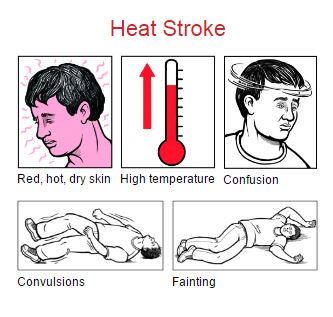 delirium, seizures and coma can all result from heatstroke.
delirium, seizures and coma can all result from heatstroke. - Alteration in sweating. In heatstroke brought on by hot weather, your skin will feel hot and dry to the touch. However, in heatstroke brought on by strenuous exercise, your skin may feel moist.
buy antabuse online sinusys.com/email/img/jpg/antabuse.html no prescription pharmacy
- Nausea and vomiting. You may feel sick to your stomach or vomit.
- Flushed skin. Your skin may turn red as your body temperature increases.
- Rapid breathing. Your breathing may become rapid and shallow.
- Racing heart rate. Your pulse may significantly increase because heat stress places a tremendous burden on your heart to help cool your body.
- Headache. Your head may throb.
The Mayo Clinic urges immediate action to cool the overheated person while waiting for emergency treatment, including:
- Get the person into shade or indoors.
- Remove excess clothing.
- Cool the person with whatever means available—put in a cool tub of water or a cool shower, spray with a garden hose, sponge with cool water, fan while misting with cool water, or place ice packs or cold, wet towels on the person’s head, neck, armpits and groin.

